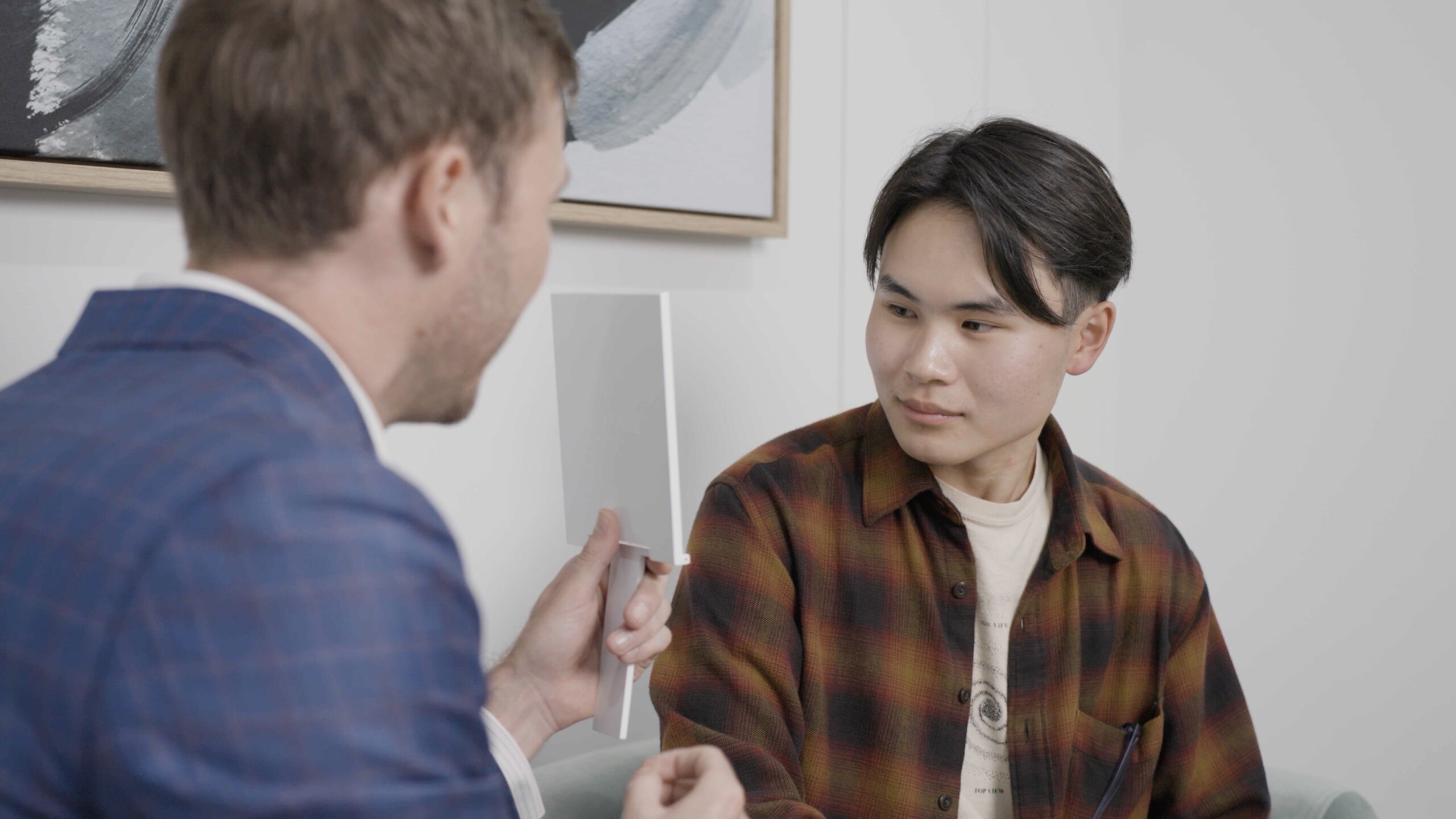Cheek fillers are also known as ‘cheek dermal filler’, ‘cheek enhancement’, ‘cheek contouring’ and ‘cheek augmentation’.
The duration of cheek fillers can vary significantly depending on several factors, including the type of filler used, the amount injected, frequency of treatment, and metabolism. While some fillers may last for several years, others may require more frequent treatments.
Types of Cheek Fillers and Their Longevity
- Hyaluronic Acid Fillers: These are the most common type of cheek fillers, made from a naturally occurring substance found in the human body. Hyaluronic acid fillers can last anywhere from six months to two years, depending on the specific product and individual factors.
- Calcium Hydroxyapatite Fillers: These fillers are made from a synthetic material that stimulates collagen production. They can last for up to two years or longer, as they gradually degrade and are replaced by natural collagen.
Factors Affecting Cheek Filler Longevity
- Individual Metabolism: Your body’s metabolism can influence how quickly the filler is broken down.
- Amount of Filler: The amount of filler injected can influence how long it lasts. Larger amounts of filler last longer than smaller amounts.
- Type of Filler: Thicker hyaluronic acid fillers last longer than thin ones. Collagen stimulating filler (like calcium hydroxyapatite) last longer than hyaluronic acid fillers.
Maintenance Treatments
To maintain the desired results of cheek fillers, maintenance treatments may be necessary. The frequency of maintenance treatments will depend on the type of filler used, individual factors, and desired results.
Considering Additional Factors
- Natural Ageing: Even with cheek fillers, the natural aging process causes facial volume loss over time. This means maintenance treatments are often needed, even if your cheek fillers haven’t worn off.
- Weight Changes: Significant weight fluctuations can affect the appearance of cheek fillers.
- Sun Exposure: Excessive sun exposure can accelerate the breakdown of fillers and contribute to skin aging.
Conclusion
The longevity of cheek fillers can vary significantly, and individual results may differ. By understanding the factors that influence filler duration and following recommended maintenance treatments, you can help maximise the benefits of your treatment and enjoy a more youthful and refreshed appearance for as long as possible.


